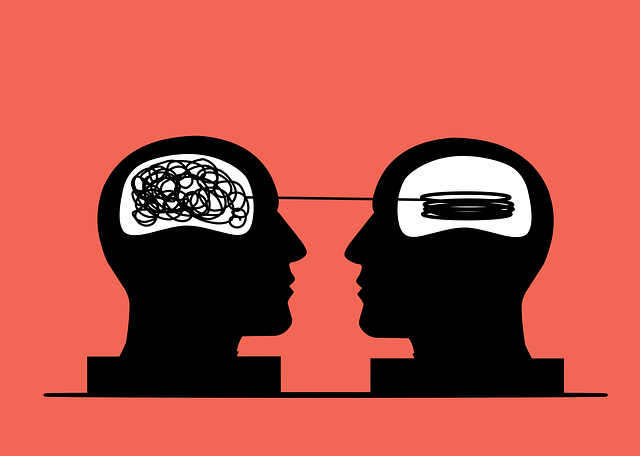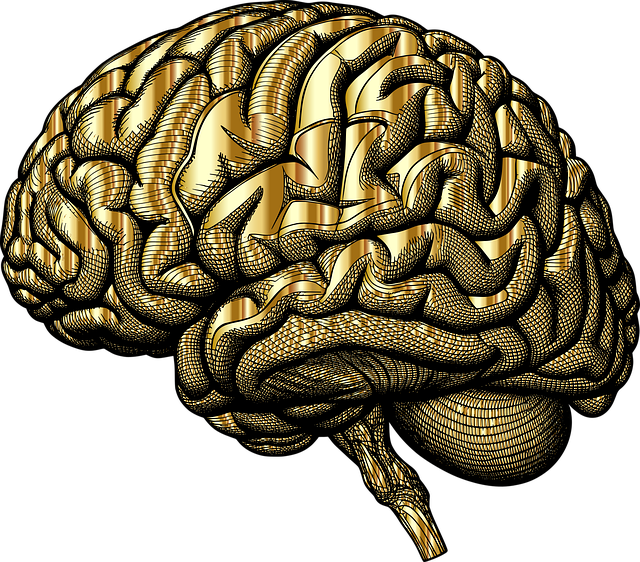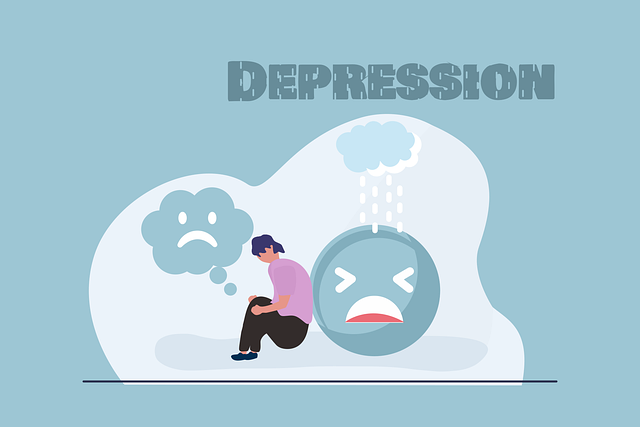Mental health professionals assess symptoms through conversations, interviews, and questionnaires to diagnose Superior Adjustment Disorder (SAD), a condition marked by persistent sadness, hopelessness, irritability, and anxiety. Understanding SAD's unique causes, including stressful events, genetic factors, and environmental influences, is crucial for personalized therapy plans. Cognitive-behavioral therapy (CBT) and holistic recovery strategies, like self-care practices, are effective in managing SAD symptoms. Superior Adjustment Disorder Therapy empowers individuals to explore their disorder, enhance coping mechanisms, and achieve lasting improvements with the support of peer networks and community resources.
Mental illness diagnosis and treatment navigation can be complex, but support is available. This comprehensive guide delves into understanding mental health diagnoses, with a focus on Superior Adjustment Disorder (SAD): its symptoms, causes, and unique challenges. We explore effective treatment options, emphasizing the transformative power of therapy in managing SAD. Additionally, we discuss building a supportive network through peer support and community resources, empowering individuals to navigate their mental health journey with resilience.
- Understanding Mental Health Diagnoses: A Comprehensive Guide
- Decoding Superior Adjustment Disorder: Symptoms and Causes
- Navigating Treatment Options for Better Mental Well-being
- The Role of Therapy in Managing and Overcoming SAD
- Building a Supportive Network: Peer Support and Community Resources
Understanding Mental Health Diagnoses: A Comprehensive Guide

Mental health diagnoses can often feel like a complex labyrinth, but understanding the process is a crucial step towards superior adjustment disorder therapy. It involves a comprehensive guide where mental health professionals assess a range of symptoms and behaviors to identify specific disorders. This assessment typically includes in-depth conversations about thoughts, feelings, and actions, along with structured interviews and validated questionnaires. The goal is not just to label but to provide tailored support for each individual’s unique experience.
Public awareness campaigns play a vital role in demystifying mental health issues, encouraging people to seek help early. By raising awareness about the various symptoms and treatment options, these campaigns foster an environment where individuals feel empowered to develop self-care routines for better mental health. Additionally, risk assessment tools are essential for mental health professionals to identify individuals at higher risk of developing severe conditions, enabling prompt intervention and effective management strategies.
Decoding Superior Adjustment Disorder: Symptoms and Causes

Superior Adjustment Disorder (SAD) is a mental health condition characterized by significant difficulties in coping with life’s demands and adjusting to various situations. While it often goes undiagnosed, recognizing its symptoms is crucial for effective therapy. Individuals with SAD may exhibit a range of signs, including persistent feelings of sadness, hopelessness, irritability, and anxiety. These emotions can significantly impact daily functioning, relationships, and overall mental wellness.
The disorder’s root causes are multifaceted. It can stem from stressful life events, such as trauma, loss, or major transitions, and often interacts with underlying factors like genetic predisposition and environmental influences. Cultural competency training for healthcare providers is essential in identifying SAD, especially when considering the unique presentation of symptoms across diverse cultural backgrounds. Additionally, mental wellness coaching programs can play a vital role in supporting individuals with SAD, offering strategies to enhance coping mechanisms and promote recovery alongside traditional Superior Adjustment Disorder therapy.
Navigating Treatment Options for Better Mental Well-being

Navigating treatment options is a crucial step towards achieving better mental well-being. When faced with a mental illness diagnosis, individuals often feel overwhelmed and uncertain about their path to recovery. This is where professional guidance becomes indispensable. Mental health specialists play a pivotal role in helping patients understand their unique condition and tailoring treatment plans accordingly. For Superior Adjustment Disorder (SAD), cognitive-behavioral therapy (CBT) has proven effective in managing symptoms by identifying and changing negative thought patterns.
Integrating self-care practices alongside professional therapy is essential for holistic recovery. Engaging in regular exercise, practicing mindfulness, and adopting healthy sleep habits can significantly complement therapeutic interventions. Additionally, healthcare providers must prioritize burnout prevention strategies to ensure they are equipped to offer consistent support. By combining evidence-based treatments with effective stress reduction methods, individuals with SAD can lead fulfilling lives, managing their symptoms effectively over time.
The Role of Therapy in Managing and Overcoming SAD

The journey towards managing and overcoming Sad (Superior Adjustment Disorder) is significantly facilitated by therapy. This therapeutic process empowers individuals to develop inner strength, a crucial aspect in navigating their mental health challenges. Through specialized Superior Adjustment Disorder Therapy, patients engage in emotional healing processes that enable them to confront and overcome the symptoms that have been hindering their lives.
Therapy provides a safe space for individuals to explore the underlying causes of their disorder, fostering an understanding of their thoughts and behaviors. This knowledge becomes a catalyst for applying mind over matter principles—a powerful tool in reshaping negative patterns and cultivating resilience. By integrating these strategies into daily life, individuals can progressively regain control, enhance their coping mechanisms, and ultimately achieve lasting improvements in their mental well-being.
Building a Supportive Network: Peer Support and Community Resources

Building a strong support network is an essential aspect of navigating mental illness and its treatment. Peer support plays a pivotal role in this journey, offering a sense of community and understanding that can significantly enhance recovery. Connecting with individuals who have experienced similar challenges provides a safe space to share experiences, gain insights, and offer mutual encouragement. This social support not only alleviates feelings of isolation but also empowers individuals to advocate for their mental health needs. Peer support groups often foster the exchange of valuable resources, practical advice, and coping strategies that can complement professional therapy, such as Superior Adjustment Disorder Therapy.
Community resources are another crucial element in fostering resilience and recovery. Mental Health Policy Analysis and Advocacy initiatives ensure access to affordable and comprehensive care services tailored to diverse communities. Self-care practices, when integrated into daily routines, empower individuals to proactively manage their mental well-being. Encouraging activities like mindfulness exercises, regular physical activity, and maintaining a balanced diet, alongside professional guidance, can contribute to overall mental health and resilience.
In navigating the complex landscape of mental health, understanding diagnoses like Superior Adjustment Disorder (SAD) is paramount. This article has provided a comprehensive guide through symptoms, causes, and effective treatment options, emphasizing the crucial role of therapy in managing SAD. By harnessing the power of professional support and building a robust supportive network, individuals can overcome challenges and foster better mental well-being. Remember that seeking help is a sign of strength, and with the right resources, healing and transformation are achievable.













